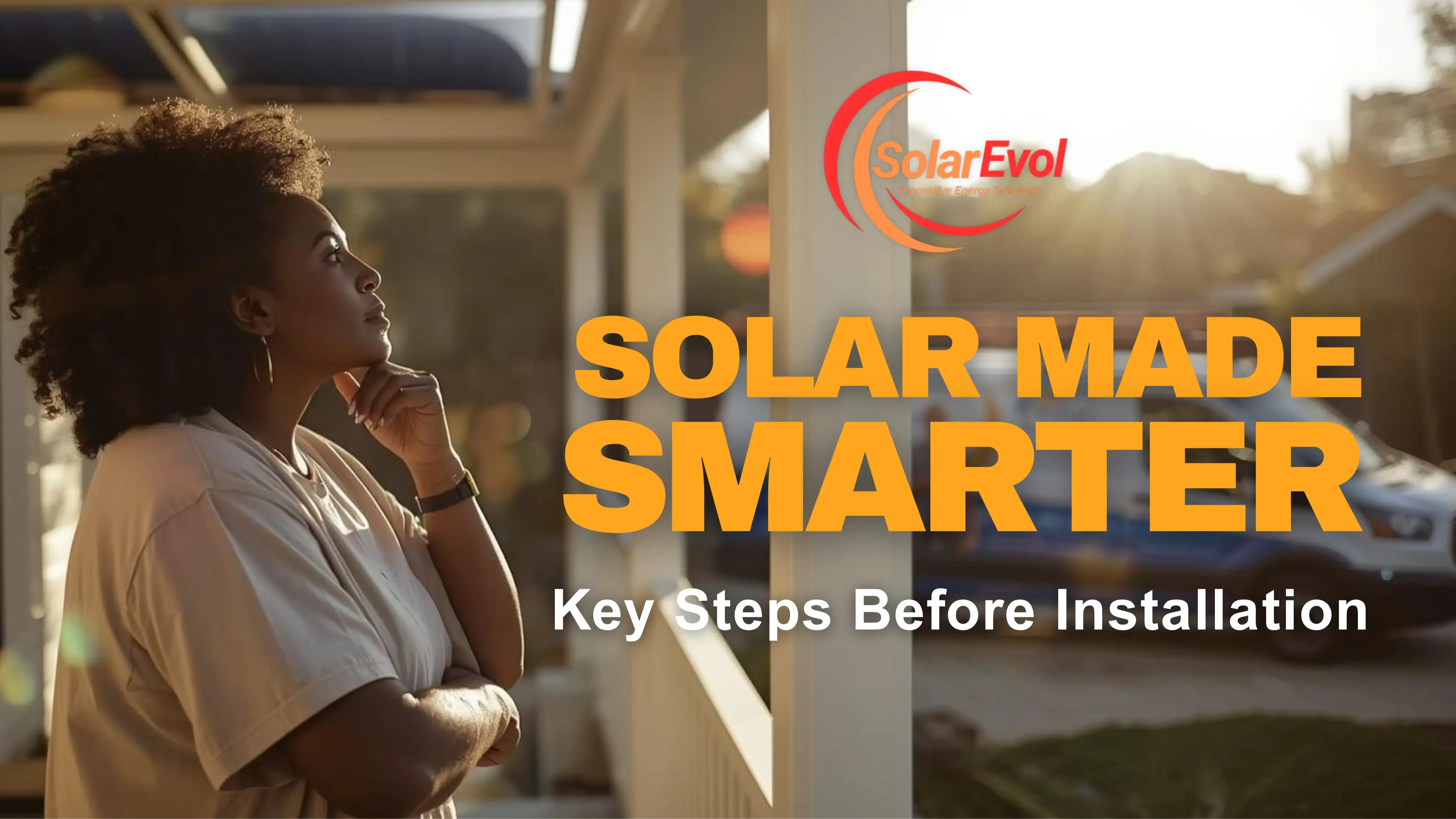
Captain OffGrid vs. The Outage
May 29, 2025
“When the lights go out, some wait. Others generate.”
That’s the motto of Captain OffGrid — a symbol (and mindset) for anyone who’s done waiting on unstable power lines, surprise blackouts, and rising utility bills.
Because when the grid stumbles (and it’s happening more often), Captain OffGrid is already up and running — fridge on, lights glowing, laptops charging, life uninterrupted.
But here’s the secret: you don’t need a cabin in the woods or a superhero cape to pull this off. You need smart design, the right solar + storage setup, and a few pro-level moves most people miss.
This article breaks it all down — what actually goes into off-grid readiness, where people get it wrong, and how to build your system to outlast the outage.
⚠️ The Outage Problem: Why It's Not Just a "Rural Thing" Anymore
Blackouts aren’t limited to off-grid properties or faraway places. In fact, grid reliability is dropping across the board — especially during heat waves, winter storms, wildfires, and high-demand days.
- In 2023, U.S. power outages increased by 21% over the previous year
- Major metro areas in Texas, California, and the Northeast all saw grid strain warnings
- More homeowners than ever are asking, "What’s my backup plan?"
💡 Captain OffGrid’s Rule #1:
If you're thinking about resiliency after the power cuts out, you're already behind.
🔋 Off-Grid vs. Backup: Know the Difference
Before we dive in, let's clarify the lingo.
|
System Type |
Description |
Key Benefit |
Common Use |
|
Grid-Tied with No Backup |
Solar powers your home, excess goes to the grid. No power when the grid’s out. |
Maximize utility savings |
Suburban homes with stable grids |
|
Grid-Tied with Battery Backup (Hybrid) |
Solar + storage system that keeps essentials running during outages |
Peace of mind + lower bills |
Homes with outages or TOU rates |
|
Off-Grid System |
Fully independent — no grid connection. Solar + batteries must supply all power needs |
Full energy independence |
Remote homes, cabins, resilience-focused builds |
Captain OffGrid lives in the off-grid or hybrid category — by choice or by necessity — and he’s ready for any outage, long or short.
🧠 Insider Knowledge: What Most Off-Grid Guides Don't Tell You
Off-grid isn’t just about cutting the cord — it’s about precision planning and smart trade-offs.
Here’s what separates the weekend-prepper systems from the real-deal setups that work year after year.
1. Winter Capacity, Not Summer Output, Should Guide Your Design
Most systems are sized based on peak solar production — usually during summer. But the true test is winter, when sun hours shrink and loads increase.
📉 Pro Mistake: “My 10kW array worked great in August!”
📈 Captain Move: “Let’s see how that system performs in December fog.”
✅ What to do:
- Use conservative winter sun hour estimates (especially north of 35° latitude)
- Oversize battery capacity to account for multi-day low-sun periods
- Consider backup generators as a supplement, not a crutch
2. Load Management Is More Powerful Than You Think
The key to off-grid success? It's not just about how much solar you generate — it's about what you power, and when.
⚡ What Captain OffGrid does differently:
- Uses load-shedding panels to prioritize essentials (fridge, lights, Wi-Fi)
- Swaps out energy hogs (electric water heaters, old A/C units) for efficient appliances
- Schedules heavy loads (laundry, charging) during peak sun hours
3. Batteries Need Breathing Room — Literally and Electrically
Batteries don’t like extreme temperatures, humidity, or power abuse. That means:
🧱 Proper storage environment (not a scorching garage or damp shed)
🔋 Smart charge/discharge controls to avoid battery degradation
💬 Pro Tip: Look for LFP (lithium iron phosphate) chemistry — safer, longer-lasting, and more stable in off-grid systems than older lithium types.
4. Monitoring = Survival
You can’t manage what you can’t see. Captain OffGrid uses real-time monitoring to:
- Track solar production and consumption
- Identify vampire loads draining batteries overnight
- Detect system faults before something goes dark
📱 Best Setup: An app that shows you solar in, power out, and battery status at a glance — bonus if it integrates with weather forecasts and automation tools.
🛠️ Off-Grid Starter Kit: What You Actually Need
Here’s a quick breakdown of what goes into a modern, high-functioning off-grid (or outage-proof hybrid) system:
|
Component |
What It Does |
Captain OffGrid's Pick |
|
Solar Panels |
Capture sunlight |
High-efficiency mono panels with strong warranties |
|
Inverter |
Converts power for home use |
Hybrid inverter with islanding and load control |
|
Battery Bank |
Stores energy for night/backup |
LFP batteries with >10-year lifespan |
|
Critical Load Panel |
Routes power to essentials |
Fridge, lights, Wi-Fi, HVAC fan, sump pump |
|
Monitoring System |
Tracks and controls energy flow |
App-based, alerts for low power or system faults |
|
Backup Generator (optional) |
Kicks in during low-sun streaks |
Dual-fuel or solar-integrated preferred |
🔎 Checklist: Are You Ready to Fight The Outage?
Ask yourself:
- Do I have solar and battery storage, or just solar?
- Do I know what I need to power during an outage?
- Have I sized my battery for multiple nights of use?
- Can I see, track, and manage my energy use daily?
- Do I have a plan for seasonal performance swings?
If you checked fewer than 3 boxes — no worries. That’s where Solar Evol (and Captain OffGrid) come in.
Outages are more common. Grid fixes are slow. And waiting on someone else to restore your power is no longer the safest strategy.
Captain OffGrid isn’t a fantasy. He’s a mindset.
He plans ahead, builds smart, and powers forward while others wait.
Stay connected with news and updates!
Join our mailing list to receive the latest news and updates from our team.
Don't worry, your information will not be shared.
We hate SPAM. We will never sell your information, for any reason.











